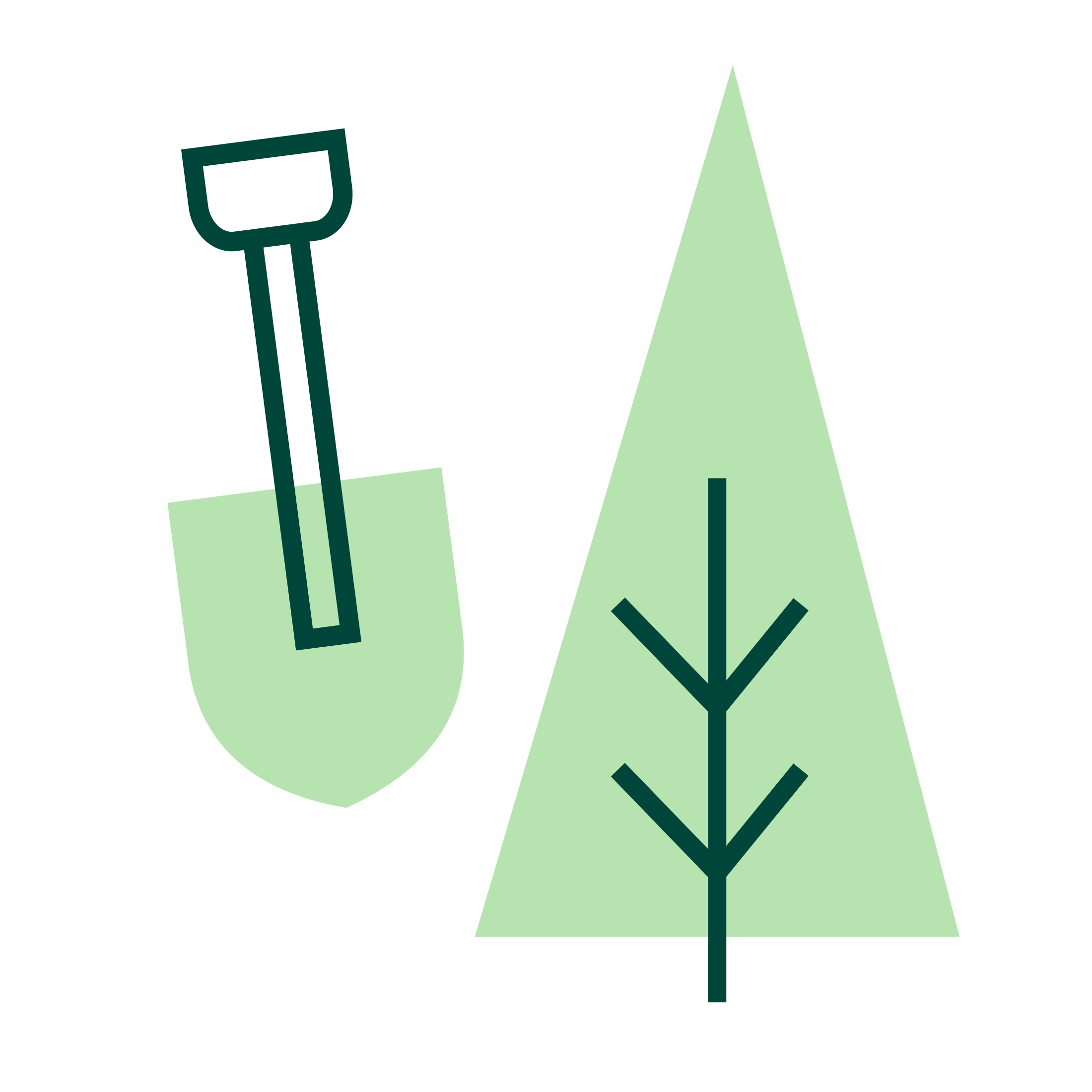
Learn more about the land trust process and how we help.

Interested in the science side? Read our
publications!

We work with scientists and forest stewards to craft original research to show why greenery matters.
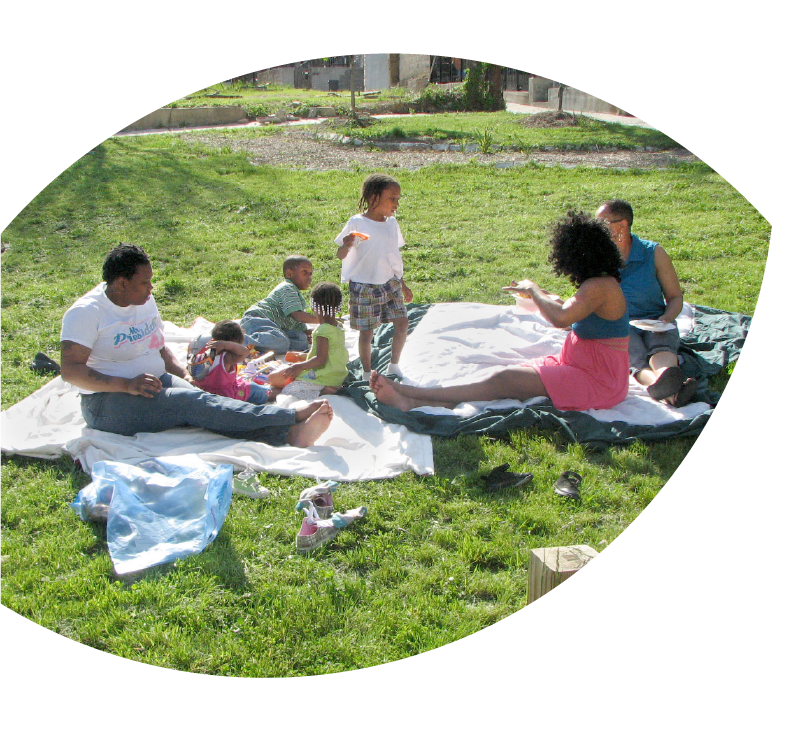
Open spaces that are created by neighbors can be wonderful tools for community organizing and involvement as neighbors work together to turn blight into beauty. Open spaces provide much-needed resources for recreation, such as a place for horseshoe games, a garden for growing vegetables or flowers, or a beautiful quiet place to sit in the shade.
In a city covered with acres of concrete, asphalt, and buildings, too much rainwater runs directly into the sewer system, washing trash and pollution into our rivers and the Chesapeake Bay. In contrast, gardens and other open spaces soak up rainwater, filtering the water as it soaks into the soil. Planted areas provide many wild animals such as birds and butterflies with food and a place to live—or a resting place during migration. They help to preserve the diversity of animals and plants in Baltimore. Open spaces also help balance the heating effects of buildings and asphalt.

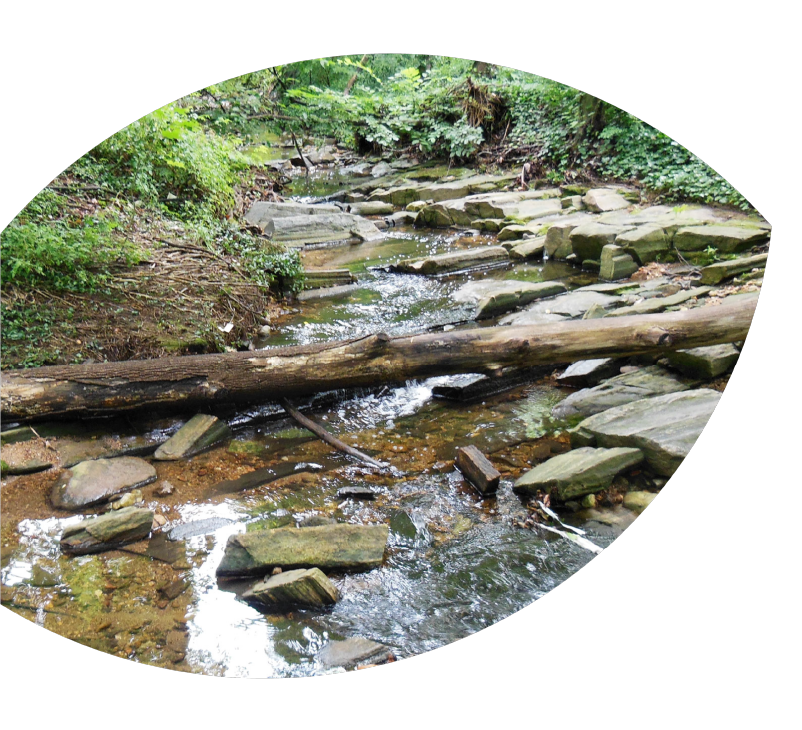
When rainwater hits buildings or concrete, it runs directly into the sewer system, washing trash and pollution into our rivers and the Chesapeake Bay.
In contrast, gardens and other open spaces soak up rainwater, filtering the water as it soaks into the soil.
Vegetable gardens reduce Baltimore’s reliance on food that is transported hundreds or thousands of miles, thus reducing pollution and carbon dioxide emissions, and provide healthy food among all-to-common food deserts.
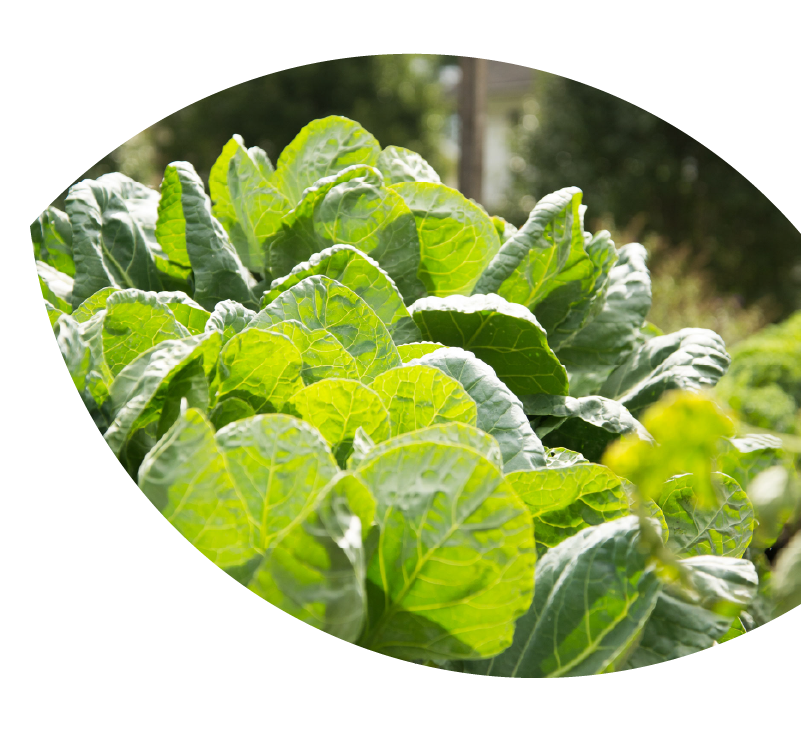
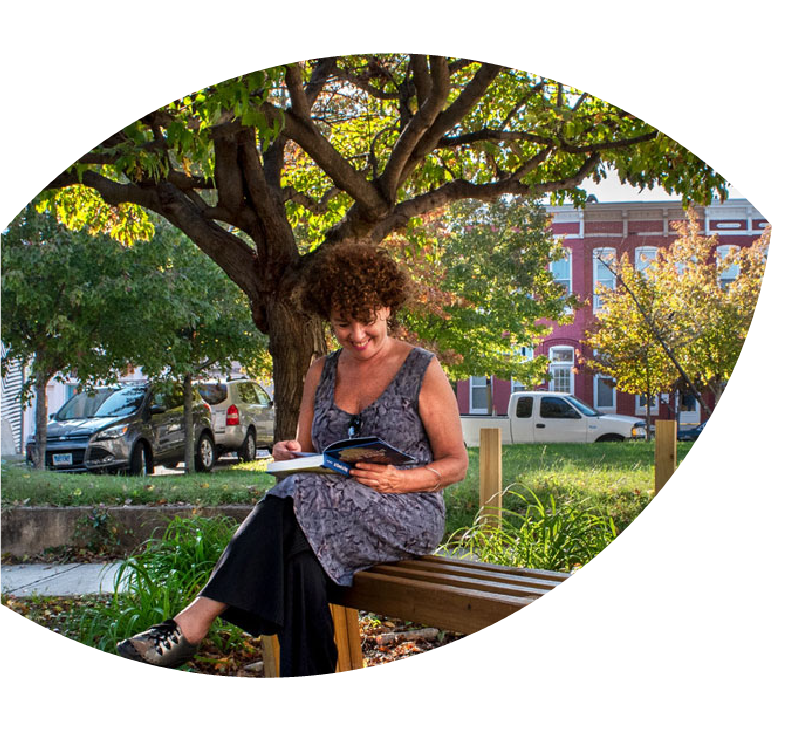
Open spaces and forest patches also help balance the heating effects of buildings and asphalt, cooling down the city as a whole.




Be the first to hear about exciting events, news, and opportunities.
[email protected]
(813) 530-8166
2100 Liberty Heights Avenue
Baltimore MD 21217
Facebook | Instagram | Twitter